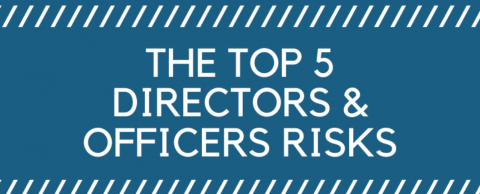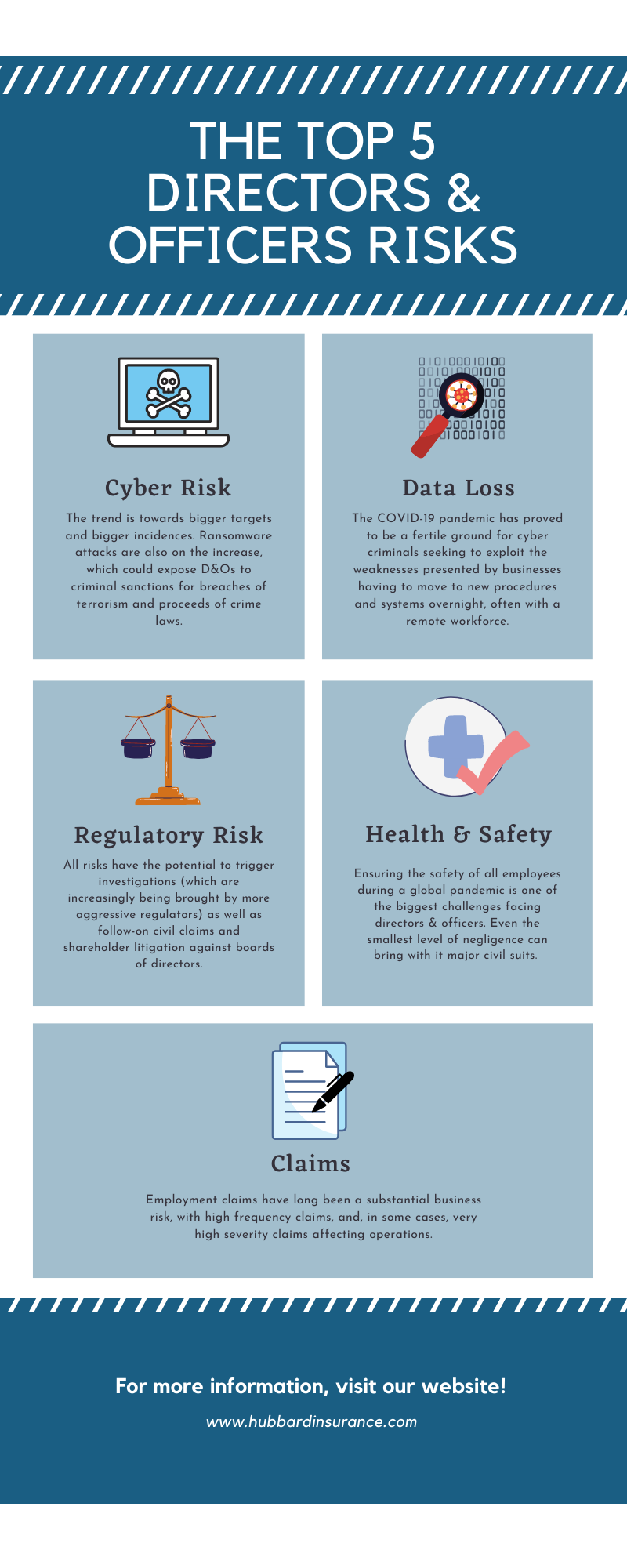
There is no doubt that the pandemic has affected the working world significantly – with a rapid shift to working-from-home occurring as a direct result. A change of this magnitude, then, means that traditional benefits plans are no longer serving their purpose and must also change in kind. Here are some changes you can expect to see in an increasingly virtual workplace.
HRIS Systems Will Grow
Human Resources Information Systems, or HRIS, are a crucial part of streamlining administrative work in order to achieve better efficiency. In turn, this allows for enhanced access to health services for employees.
As organizations grow and inter-departmental work becomes the norm, it is imperative to have a system that allows for seamless communication within those departments. This means that more and more organizations are looking into agnostic HRIS systems that can work in their existing structure with any other program already in place.
Ultimately, these systems ensure simplification of renewals as well as a push for virtual enrolment – a trend that shows no signs of stopping anytime soon.
Better Use of Analytics
Analytics have long-been an important aspect of any company’s growth; however, the ways we use them and the capabilities surrounding analytics are always changing.
Whereas in the past it may have been enough to offer paramedical and dental coverage alone, that is no longer the case. Coverages for childcare or elder care, as well as mental health assistance, are becoming necessities for employers who want to offer their workers a better working environment.
Those who succeed will adopt forward-thinking, analytically backed modules that offer personalised coverages based on what the data says. Today’s analytics allow for deeper, more insightful information on the needs of the employees so that personalised flex plans can be created.
It is no longer competitive to only analyse broad data.
Expansion of Virtual Care
Though virtual care was always going to be the future, the pandemic has significantly brought forward its introduction to the mainstream. In turn, this has led to a major expansion of virtual care services – and experts suggest that this trend is one to keep a close eye on.
For example, telemedicine initially was only used for primary care but has since grown broadly. In fact, there has been a greater adoption of virtual care services in the first half of 2021 alone than there had been in the previous decade altogether.
Another major driving force behind the adoption of virtual care is how accessible it allows mental health assistance services to be. The data is clear on the subject – it is imperative for mental health services to be readily available on-demand in order to offer the best possible working environment for employees.
Employers who don’t take this data seriously risk being left behind.
Prevention Mindset
There has been an attitude shift amongst Canadians in the past 12 months especially in regards to healthcare – and that shift is towards a prevention mindset. The focus amongst Canadians now is not just on how to get well, but rather more importance is being placed on how to stay well. This means that employees now look through benefits plans and gravitate towards those plans that help in this endeavour.
An example of this could be incorporating a virtual physical fitness platform – one that offers group or individual fitness classes with challenging coaches but also gamification and recognition of employees’ fitness journeys. Any organization that does this is sure to stand out.
Good physical fitness is highly linked to strong mental health – and offering these services may prevent more difficult mental health struggles for many employees. Furthermore, with working from home now an established part of the workflow, preventing musculoskeletal injuries will become majorly important in order to keep the rising costs that come with chronic health problems at bay.
Being proactive today will save organizations significant amounts tomorrow.
Financial Literacy and Wellness
It comes as no surprise that the past 12-18 months have been a time of financial stress for many Canadians – with businesses closing, jobs being lost, and retirees beginning to feel financially insecure.
Though financial literacy and wellness has traditionally been part of a complete benefits package, the resources required change from generation to generations. As the baby-boomers are replaced in greater magnitude by millennials in the workforce, the emphasis switches from retirement to issues surrounding paying back student loans and saving up to buy a house.
Financial literacy and wellness services must adjust to these new challenges.
Potential For New Specialty Drugs
Though nationalised pharmacare is likely to take a while longer, questions are being asked of the role of privatised pharmacare and costs can be managed better. In the current market, the pharmaceutical pipeline is endlessly filled with drugs that cost thousands upon thousands of dollars per year – and it is critical to manage these costs if a sustainable drug plan can be made.
In this regard, information is power. Advisors and sponsors alike will require up-to-date information as questions surrounding these drugs develop in real time. The best way to make the right decisions is by having the right information.
Cannabis Will Receive A DIN
Cannabis was officially legalized in Canada about two years ago – and in that time, the cannabis market has grown substantially. Due to this, there is now an increased push to research cannabis in order to understand the true efficacy of the drug. New clinical trials are approved regularly and the findings that will come from these trials will significantly shape how cannabis is used in a medical capacity.
This all means that cannabis is approaching a threshold – and on the other side of this threshold is the likelihood that it will receive a Drug Identification Number (DIN). Once that becomes reality, organizations will find it much easier to offer cannabis coverage – as then it can be treated like any other drug.
Once cannabis receives a DIN, it will signify the biggest change to drug benefits in the past 10 years. Advisors, sponsors, and organizational leaders alike should take this time to prepare for this change as it will shape the landscape going forward.
As the Benefits industry continues to undergo changes, it can be overwhelming to try and keep track of all the trends. To better understand how you can stay on top of these trends, contact one of our licensed experts today at 905-696-9090 or simply email us at








